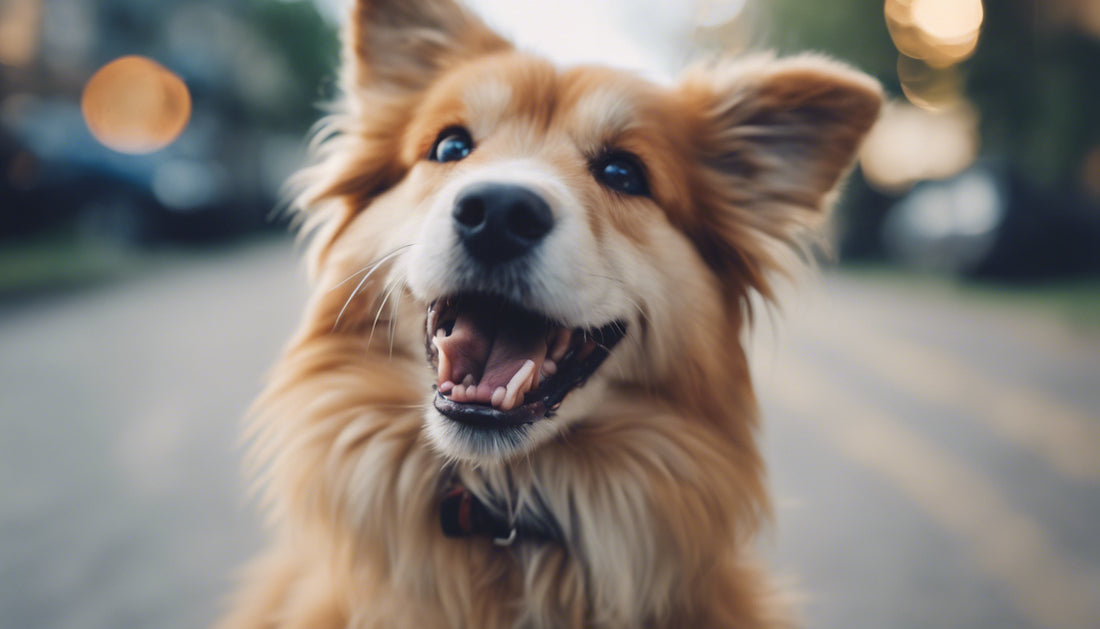
All You Need To Know About Anal Glands
Share
Anal glands, also known as anal sacs, are small glands located in the anal area of many mammals, including dogs and cats. These glands produce a substance that is typically released during bowel movements. The secretion has a distinct odour and is used for communication and marking territory.
The main function of anal glands is to lubricate the passage of stool and to help animals leave scent markers to communicate with others.
When a dog or cat defecates, the pressure applied to the glands causes the secretion to be released onto the faeces. This scent helps animals mark their territory and communicate with other animals in their environment.
While anal glands usually function properly, they can sometimes become impacted or infected. An impacted anal gland occurs when the secretion becomes thickened (or pasty) and cannot be expelled naturally. This can cause discomfort, pain, and swelling in the anal area. In some cases, the glands may become infected, leading to abscesses or other complications.
If your pet is experiencing anal gland issues, it is important to consult with a veterinarian. They can assess the situation and provide appropriate treatment, which may include expressing the glands manually or prescribing medication to treat infection or inflammation.
Regular grooming and maintaining good hygiene can help prevent anal gland problems in pets. Some pet owners opt to have their pet's anal glands expressed by a professional groomer or veterinarian on a routine basis to prevent impaction or infection.
Remember, it's always best to consult with a veterinary professional for specific advice and guidance regarding your pet's health. Regular grooming and good hygiene can help prevent anal gland problems in pets in several ways:
Hair trimming:
Keeping the hair around the anal area short can prevent it from matting or becoming tangled. Matted hair can block the normal secretion of the anal glands, leading to impaction. Regular trimming can help ensure that the glands can empty properly during bowel movements.
Bathing:
Regular bathing helps keep the anal area clean and free of debris. This reduces the risk of bacteria or dirt getting into the anal glands and causing infection. Use a gentle pet-specific shampoo and thoroughly rinse the area to maintain cleanliness.
Anal area inspection:
During grooming sessions, take the time to visually inspect your pet's anal area. Look for any signs of redness, swelling, or discharge, which may indicate a problem with the anal glands. Early detection can allow for prompt veterinary intervention before the issue worsens.
Proper diet and hydration:
Ensuring that your pet has a healthy diet and is well hydrated can contribute to regular bowel movements. Firm stools that are easy to pass can help naturally express the anal glands during defecation, reducing the risk of impaction.
Regular veterinary check-ups:
Regular visits to the veterinarian can help monitor the health of your pet's anal glands. The veterinarian can assess the glands during routine examinations and address any concerns or potential issues before they become problematic.
It's important to note that while regular grooming and good hygiene can help prevent anal gland problems, some pets may still experience issues despite these preventive measures. If you notice any signs of discomfort, swelling, or infection in your pet's anal area, it is best to consult with a veterinarian for proper diagnosis and treatment.
